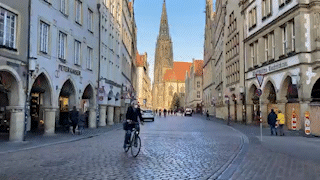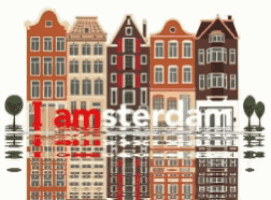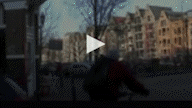In cinematography, a take refers to each filmed "version" of a particular shot or "setup". Takes of each shot are generally numbered starting with "take one" and the number of each successive take is increased (with the director calling for "take two" or "take eighteen") until the filming of the shot is completed.
A one-take occurs when the entire scene is shot satisfactorily the first time, whether by necessity (as with certain expensive special effects) or by happy accident.

















































